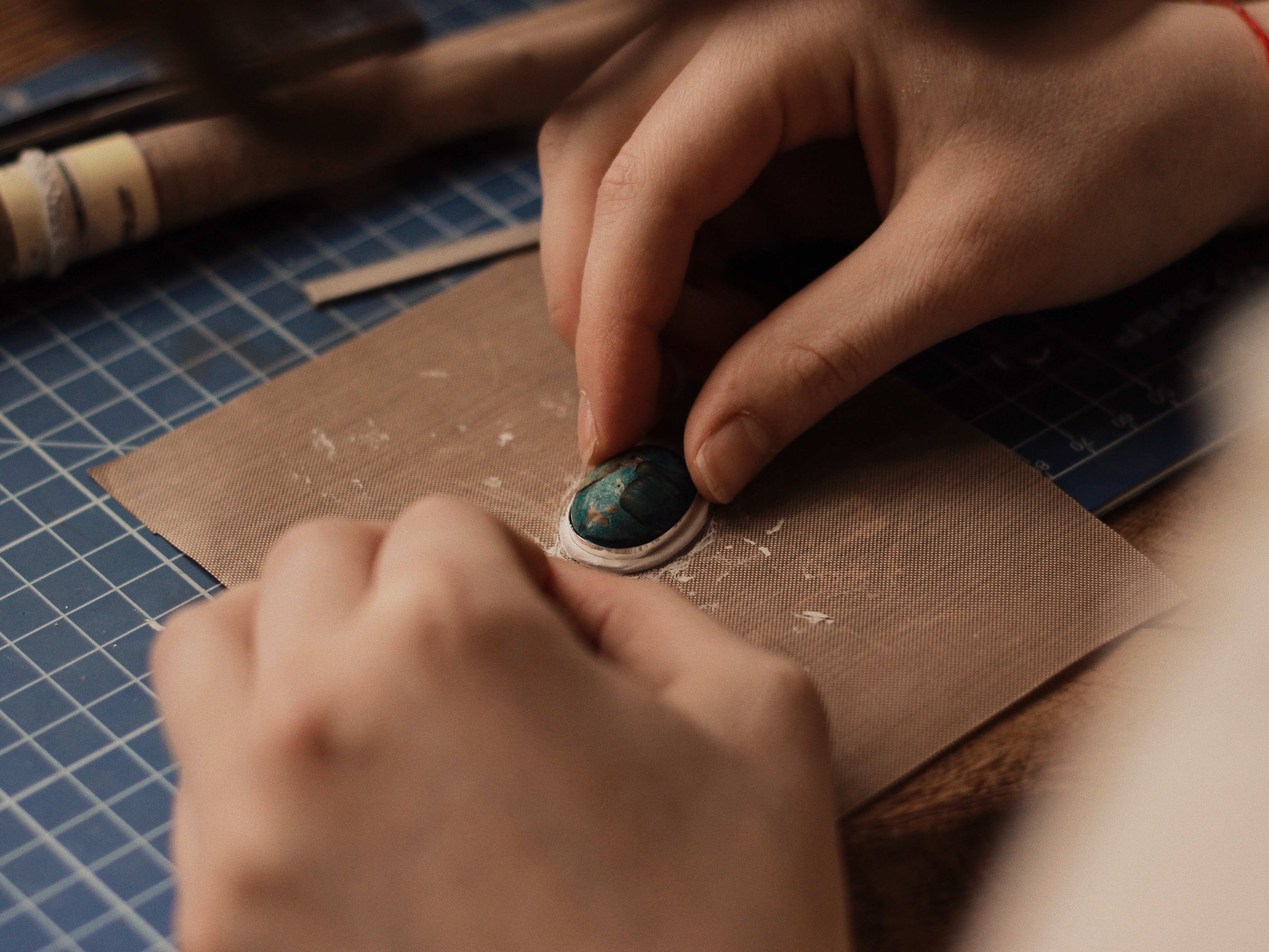
In a fluctuating market, sometimes it’s hard to gauge where the current market is heading. However, the jewelry market can be said to be one of the most timeless, classic and reliable markets in the economy. Jewelry making can be traced back in human history for thousands of years (for more info on this, check out our other blog posts on the history of rings ).
Symbolism In Gems
Indeed, jewelry has been a part of human culture for thousands of years, serving both functional and decorative purposes. It has been used as a symbol of wealth, social status, and even religious or spiritual beliefs. In some cultures, specific pieces of jewelry hold significant meaning and are worn for specific occasions or rituals. Some of these jewelry pieces can be seen here:

It Takes Skill
From a production perspective, jewelry-making is a highly skilled craft that involves a variety of techniques, including casting, forging, soldering, and stone setting. The process requires attention to detail, precision, and creativity, making each piece unique and valuable.

Sustainable
In recent years, the jewelry industry has seen an increasing demand for sustainably and ethically produced jewelry. Consumers are becoming more conscious of the environmental and social impact of their purchases, leading to a rise in demand for jewelry made from recycled materials, fair trade gold, and conflict-free gemstones.

Conclusion
Overall, jewelry holds a special place in human culture, serving as a means of personal expression, adornment, and symbolism. As the industry continues to evolve, it is essential for both producers and consumers to consider the social and environmental impact of their choices.

